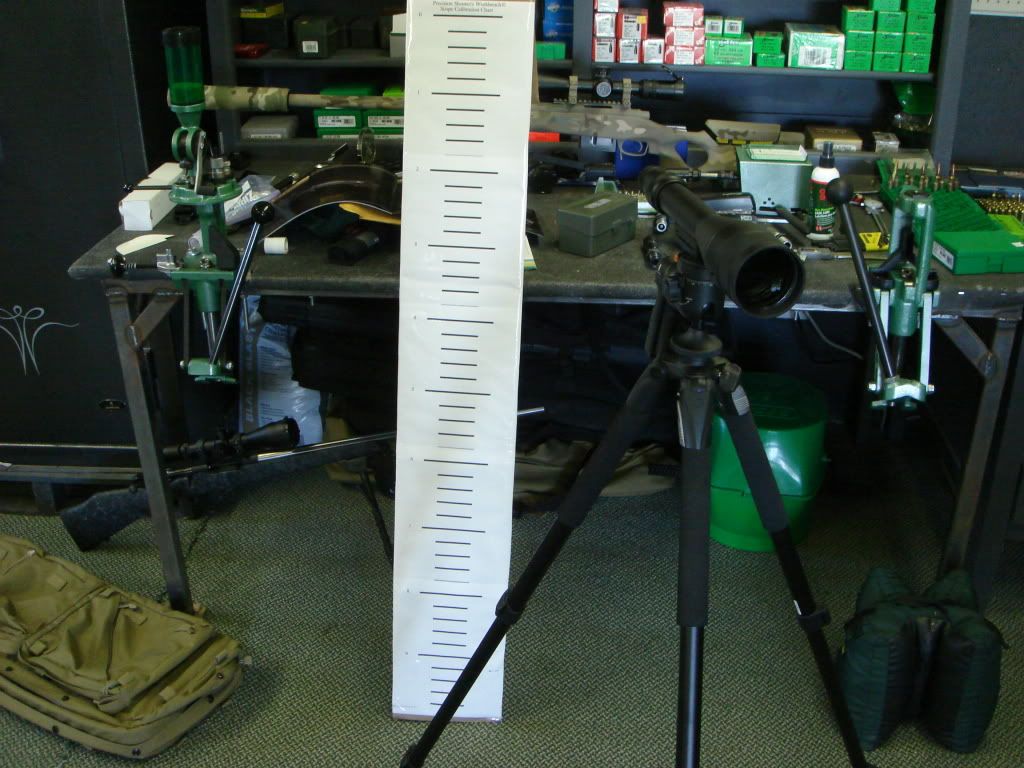Re: MOA adjust
<div class="ubbcode-block"><div class="ubbcode-header">Originally Posted By: sobrbiker883</div><div class="ubbcode-body">Every time highpower guys and practical precision guys talk about this it goes the same...
Frank's last sentence of the above post points out the direct difference in the approach taken by the coat and sling crowd.
While I highly respect the Highpower crowd's knowledge and ability, their steadfast use of clicks off of a no wind zero on an iron sight setup blows me away. Most of them can tell me off the top of their head how mans clicks off the bottom their 200 zero is, then how many more to 300 and then to 600, but when you start talking what the moa involved are (or even better-mils) the conversation usually goes south.
I too am amazed when seemingly bright folks think that the 5% difference between IPHY and MOA is represented by .5" at 1K, not the reality of .5" per every moa dialed.
These were issues that I remember talking with Blaine avbout on the "multi rev" segment of PWS's software. Now, as Frank pointed out any ballistic program worth its salt can be set up to give you what your actual adjustment is.</div></div>
I'm all for having an understanding about the value of ones sight graduations, it's basic marksmanship. And, for me, adjusting a sight for a no wind pin wheel X hit at LR, whether using irons or optic is not a problem. Holding pinwheel X elevation and windage however is not so easy. Less than perfect results can be analyzed to reveal a multitude of errors, like inconsistent butt to shoulder placement, stockweld, trigger control, follow through, sight alignment, perception of hold, and maintenance of hold. In addition, wind and weather effects not countered perfectly will preclude the desired results. The point is, for the best results, you need to put it all together, that's to say, come to an understanding for everything important to the integrated act of firing.
Regarding clicking for wind or favoring, the reason HP shooters are stubborn about clicking rather than favoring at LR is simple, it's a more accurate means of understanding where the barrel is pointed when using iron sights. It also allows the shooter to maintain a sight picture where capitalizing on picture memory assures a consistent target/sight relationship.
Now, about knowing "squat", if I'm shooting at 1000 yards and call my shot right-in-there, discovering the bullet strike about 10 inches left from a pinwheel X, I might want to click in; and, no matter whether my sight is graduated in true 1/4 MOA clicks or simple 1/4 MOA clicks what am I going to do? I'm going to take 4 clicks. Even if I'm 20 inches off, I'm still going to take 8 clicks, no matter my sight graduation reality. This is what I mean when I say it does not mean squat, unless you're way off target, then, if you've got true MOA, you might want to account for it. Still, using a sight graduated in true MOA and accounting in simple MOA to make a gross 100 inch correction, you'd only over-shoot about 5 inches. If you're shooting at something where that 5 inches might mean a miss, certainly you'd want to account for it correctly, like taking 38 clicks instead of 40. Use your brain, do what's needed, and understand what may be moot.




